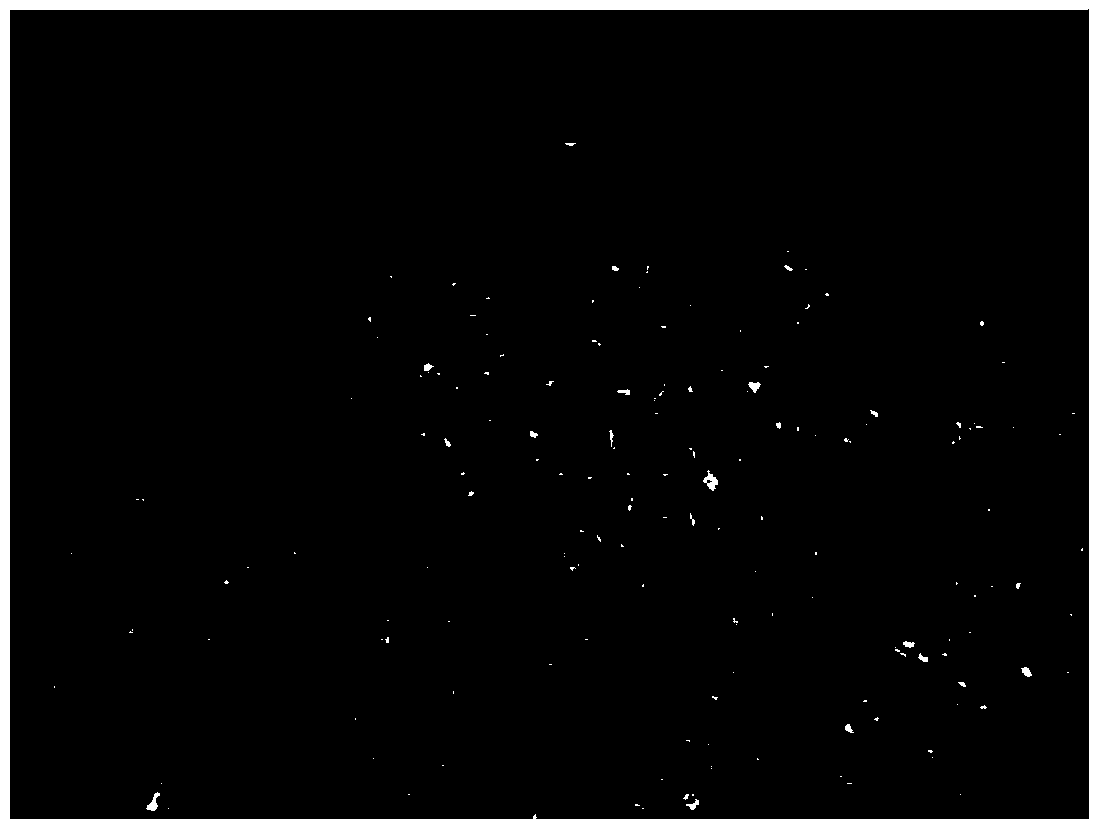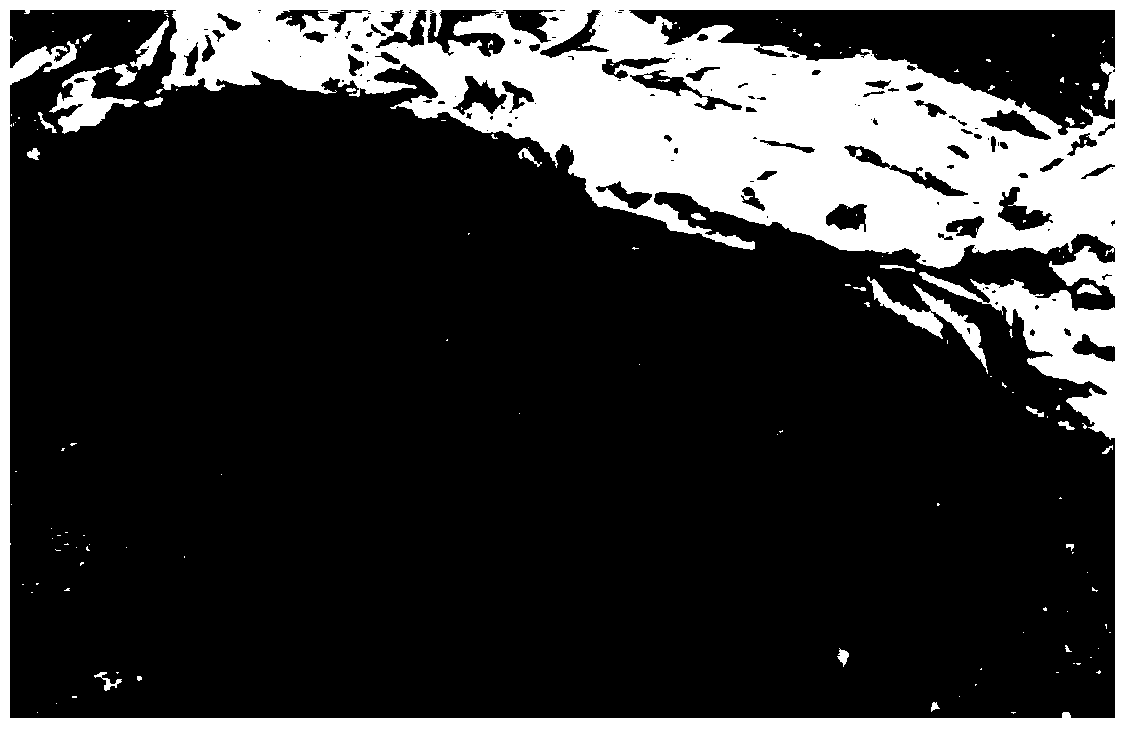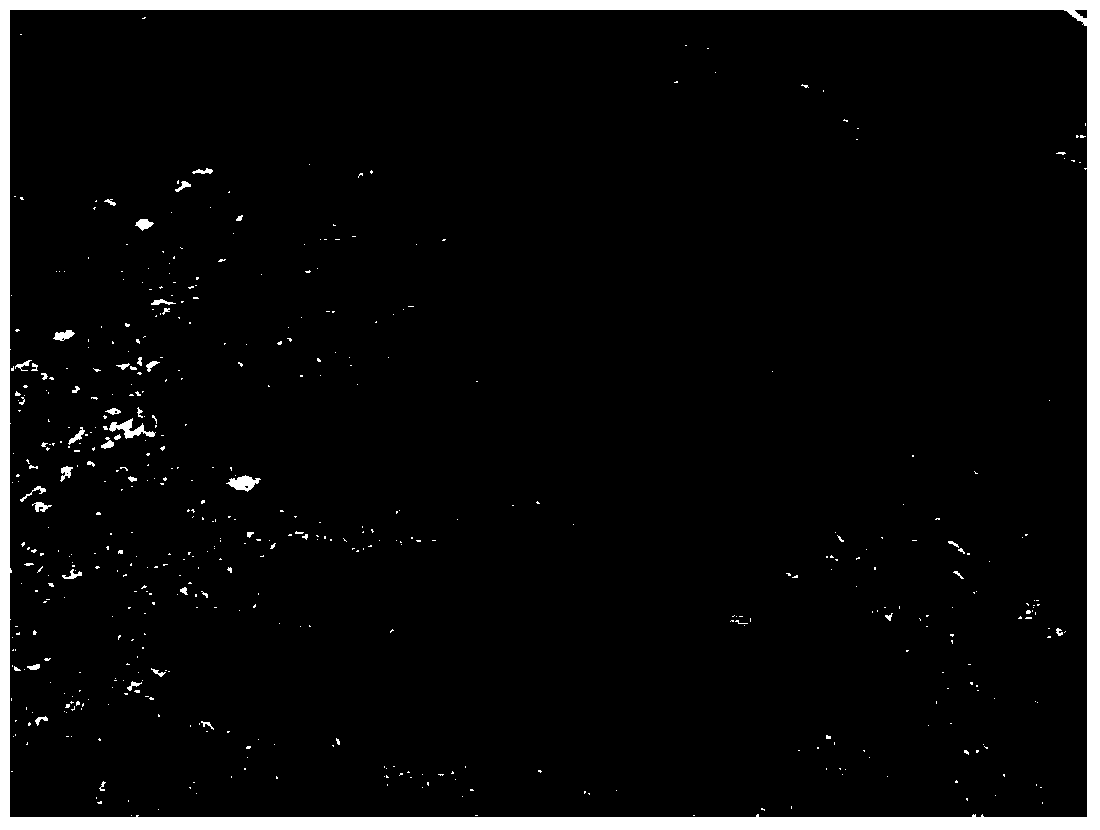Method for composting and fermenting pineapple stems and leaves into bioorganic fertilizer
A bio-organic fertilizer, stem and leaf technology, applied in the preparation of organic fertilizer, biological organic part treatment, organic fertilizer and other directions, can solve the problems of waste of resources, occupy a lot of space, pollute the environment of pineapple orchards, etc., and shorten the composting cycle. , the effect of reducing environmental pollution
- Summary
- Abstract
- Description
- Claims
- Application Information
AI Technical Summary
Problems solved by technology
Method used
Image
Examples
Embodiment 1
[0036] A method for composting and fermenting pineapple stems and leaves into bio-organic fertilizer comprises the following steps:
[0037] (1) Harvest the fruit from June to July, and dig out all the pineapple plants with their roots after picking the sucking buds from February to March of the next year;
[0038] (2) The pineapple plant stem and leaves dug out are pulverized into 3~5cm stem sections with a pulverizer;
[0039] (3) Pile making: mix the crushed stem section with the peanut bran containing the fermenting agent in a weight ratio of 100:1, then evenly sprinkle the mixture with water so that the water content is 60-70%, and then pile up to form a pile; The size of the stack is 2.5m in length, 2.5m in width and 1.5m in height;
[0040] Wherein, the weight ratio of the fermented bacterial agent to the peanut bran in the peanut bran containing the fermented bacterial agent is 1:10, and the fermented bacterial agent contains 2×10 8 cfu / g Trichoderma and 2×10 8 cfu / ...
Embodiment 2
[0044] A method for composting and fermenting pineapple stems and leaves into bio-organic fertilizer comprises the following steps:
[0045] (1) Harvest the fruit from June to July, and dig out all the pineapple plants with their roots after picking the sucking buds from February to March of the next year;
[0046] (2) The pineapple plant stem and leaves dug out are pulverized into 3~5cm stem sections with a pulverizer;
[0047] (3) Pile making: mix the crushed stem section with the peanut bran containing the fermenting agent in a weight ratio of 90:1, then evenly sprinkle the mixture with water so that the water content is 70%, and then pile up to form a pile; The size is 2.3m long, 2.7m wide and 1.3m high;
[0048] Wherein, the weight ratio of the fermented bacterial agent to the peanut bran in the peanut bran containing the fermented bacterial agent is 1:8, and the fermented bacterial agent contains 2.5×10 8 cfu / g Trichoderma and 1.5×10 8 cfu / g Bacillus subtilis.
[0049]...
Embodiment 3
[0052] A method for composting and fermenting pineapple stems and leaves into bio-organic fertilizer comprises the following steps:
[0053] (1) Harvest the fruit from June to July, and dig out all the pineapple plants with their roots after picking the sucking buds from February to March of the next year;
[0054] (2) The pineapple plant stem and leaves dug out are pulverized into 3~5cm stem sections with a pulverizer;
[0055] (3) Pile making: mix the crushed stem section with the peanut bran containing the fermenting agent in a weight ratio of 110:1, then evenly sprinkle the mixture with water so that the water content is 60%, and then pile up to form a pile; The size is 2.7m long, 2.7m wide and 1.7m high;
[0056] Wherein, the weight ratio of the fermented bacterial agent to the peanut bran in the peanut bran containing the fermented bacterial agent is 1:12, and the fermented bacterial agent contains 1.5×10 8 cfu / g Trichoderma and 2.5×10 8 cfu / g Bacillus subtilis.
[0...
PUM
 Login to View More
Login to View More Abstract
Description
Claims
Application Information
 Login to View More
Login to View More - R&D
- Intellectual Property
- Life Sciences
- Materials
- Tech Scout
- Unparalleled Data Quality
- Higher Quality Content
- 60% Fewer Hallucinations
Browse by: Latest US Patents, China's latest patents, Technical Efficacy Thesaurus, Application Domain, Technology Topic, Popular Technical Reports.
© 2025 PatSnap. All rights reserved.Legal|Privacy policy|Modern Slavery Act Transparency Statement|Sitemap|About US| Contact US: help@patsnap.com



